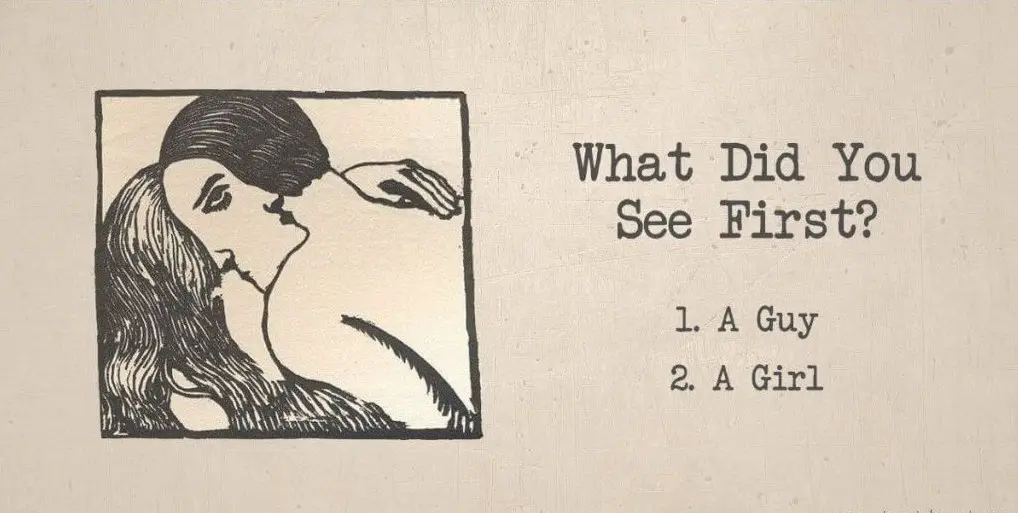Identifying abusive people in real life isn’t always as simple as it is often portrayed in the media. It’s easy to assume that we would be able to identify an abusive person after just one conversation. Unfortunately, this is often not the case. Abusers are often skilled at projecting a positive image and convincing others that they have strong values, making it difficult for people to believe that they can be capable of abuse.
Psychotherapist Amy Lewis Bear explains that abusers can use thoughtful and caring behavior towards others to further convince their victims that they are to blame. This can make it challenging for victims to recognize their abuser’s negative behavior until it’s too late.
Abusive people can be anyone – a spouse, co-worker, boss – and they often fly under the radar. They don’t want their abusive tendencies to be obvious and out in the open. That’s why it’s crucial to learn how to identify abusive behaviors before it’s too late. This is not just important for victims of abuse, but also for their friends and family who may be able to spot the warning signs before any harm is caused. Being informed and educated on the topic of abuse can help prevent future incidents and protect those who are vulnerable.
Here are 5 hidden behaviors an abusive person may display before revealing themselves:
Isolating their victim
Isolation is a common tactic that abusers use to manipulate and control their victims. By preventing them from interacting with friends and family, abusers can exercise more control over their victims. This often makes the victim feel dependent on their abuser, leading to increased feelings of anxiety, depression, and low self-esteem. Abusers may also discourage or forbid their victims from participating in activities they enjoy, making them feel like they don’t have a life outside of the toxic relationship. Isolation can be a red flag and a warning sign of an abusive relationship, so it’s important for victims and their loved ones to recognize and be aware of this behavior.
Blaming others
One of the toxic behaviors abusers often display is projection. This occurs when abusers project their negative characteristics onto their partners or others. They blame others for behaviors they themselves are guilty of and shift the responsibility from themselves. The victim may feel confused and guilty for something they didn’t do, while also struggling to understand the abuser’s behavior.
In some cases, the victim may even begin to believe that they are at fault for the issues in the relationship. Unfortunately, this behavior can continue to worsen over time and cause a serious toll on the victim’s mental and emotional health. Recognizing projection and shifting blame is essential to identify early warning signs of an abusive relationship.
Controlling behavior
Abuse isn’t just physical violence. It can also be psychological, which is why controlling behavior is a red flag in abusive relationships. Abusers often seek to control every aspect of their victim’s lives including their finances, transportation, and daily activities. This can take many forms, such as limiting their access to money, transportation, or employment.
Abusers may dictate what their victim wears or who they can talk to, leading to feelings of isolation, fear, and anxiety. They may also limit their victim’s movements, which can make the victim feel trapped and powerless. By exerting this level of control over their victim, abusers can maintain power and suppress their victim’s independence. It’s important that people be aware of these warning signs to identify controlling behavior early and to help prevent the escalation of abuse.
Intimidation
Intimidation is a common tactic that abusers use to control their victims. They may use verbal abuse such as shouting or threatening, or physical abuse such as breaking objects or hitting walls. This behavior can cause the victim to feel afraid and intimidated, and they may be scared to speak or act in a certain way, leading to a loss of self-confidence.
The abuser uses this behavior to exert power and control over their victim, and it can escalate into more severe forms of abuse over time. Such behavior can be particularly harmful when it leads to feelings of oppression and subservience. It’s important that people recognize these signs of intimidation early on to protect themselves from entering into an abusive relationship, and seek help when necessary.
Gaslighting
Gaslighting is a particularly dangerous form of abuse that can leave victims doubting their own reality, memory or perception of events. Abusers may dismiss their victim’s feelings and emotions, making them believe that their experiences are not real or important. They may convince their victim that they are “crazy” or “imagining things” to make them doubt their own sanity. By doing this, abusers gain more control over their victim, who may begin to rely on the abuser to guide their actions and thoughts.
The victim may become dependent on the abuser and feel unable to make decisions independently, leading to a loss of self-confidence and self-esteem. It’s essential to recognize the signs of gaslighting in any relationship and seek support if needed. Victims of gaslighting may require professional assistance to recover from the damage done to their mental and emotional health.
Final Thought
Abuse is a serious issue that affects countless individuals worldwide, leaving deep, painful scars. It’s essential to recognize that abusers can be anyone, including those who are closest to us. By knowing the warning signs of abusive behavior and learning how to identify unhealthy relationships, we can protect ourselves and our loved ones. We must also provide support and resources for victims of abuse, helping them heal from the trauma they have endured. By working together to combat and prevent abuse, we can create a safer, more compassionate world.







